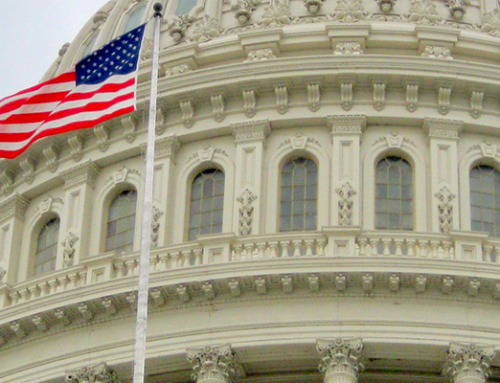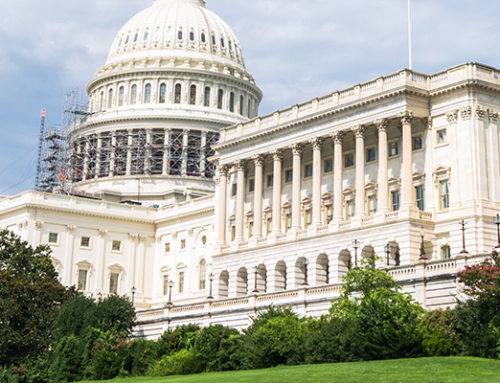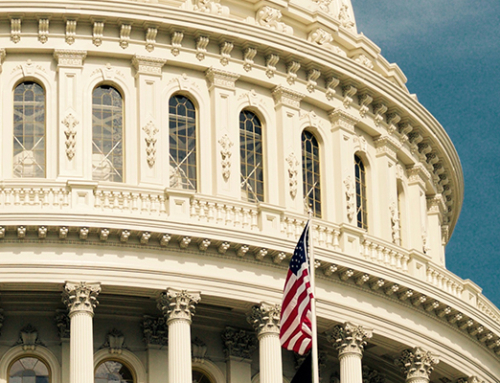The US Department of Labor on October 5th released a report entitled “Does the Workers’ Compensation System Fulfill Its Obligations to Injured Workers?”. The release of the report was accompanied by statements from the Secretary of Labor, the Commissioner of the Social Security Administration, and the US DOL Assistant Secretary for OSHA. The report may be accessed athttps://www.dol.gov/asp/WorkersCompensationSystem/WorkersCompensationSystemReport.pdf
The report repeats a series of assumptions about the inadequacy of the state workers’ compensation system as the basis for the suggestion that consideration be given to the creation of a federal commission and federal standards to be imposed on state workers’ compensation. The thrust of the arguments are repeats of earlier efforts seeking federal oversight over workers compensation beginning as far back as the 1930s. Most recently in 2009 there was the introduction of legislation (HR 635) by then Representative Baca (D-CA) that sought to establish a federal commission. See https://www.congress.gov/111/bills/hr635/BILLS-111hr635ih.pdf
The proposal from Rep. Baca did not move because the proposed membership of the commission was not representative of the stakeholders in state workers’ compensation, was not needed in light of the various existing research organizations, and because the items to be addressed by the commission would have been disruptive to the state workers’ compensation system. The items to be addressed in the Baca proposal included (1) the amount of permanent and temporary disability benefits and the criteria for determining the maximum limitations of such benefits or the elimination of such maximum limitations; (2) a study and evaluation of State workers’ compensation laws in order to determine if, and ensure that, such laws provide an adequate, prompt, and equitable system of compensation and medical care for injuries or death arising out of in the course of employment; (3) a study of whether other adequate remedies are available to ensure the prompt payment of benefits and to reduce or eliminate bad faith delays in payments of benefits, providing medical care, and discouraging misclassification of workers as independent contractors and or leased employees to avoid paying workers’ compensation benefits; (4) the amount and duration of medical benefits and provisions ensuring adequate medical care and free choice of physician; (5) rehabilitation; (6) standards for determining assurance of benefits caused by aggravation or acceleration of preexisting injuries or disease; (7) time limits on filing claims; (8) waiting periods; (9) compulsory or elective coverage; (10) administration; (11) ensuring prompt hearings and due process evidentiary rights in the resolution of claims; (12) the relationship between workers’ compensation on the one hand, and old-age, disability, and survivors insurance and other types of insurance (public or private) on the other hand; and (13) methods of communicating the recommendations of the Commission.
There was no mention in the Baca proposal of best practices in return to work programs, improved safety initiatives, fraud prevention, regulation of prescription drug abuse, or containment of increasing and unnecessary medical costs.
The Baca proposal was opposed by SAWCA, NCOIL and ALEC, as well as UWC and a long list of employer representatives and insurance carriers. See attached resolutions.
The new report from US DOL at page 24 includes a set of Policy Options
The following are areas that should be explored:
Whether to increase the federal role in oversight of workers’ compensation programs.
Options include:
- Appointment of a new National Commission to study the workers’ compensation system, following on the work of the National Commission of State Workmen’s Compensation Laws that was created by the OSHAct.
- Reinstitution of federal tracking of changes in state workers’ compensation programs.
- Establishment of standards that would trigger increased federal oversight if workers’ compensation programs fail to meet those standards.
- Development of an easily accessible on-line dashboard that allows stakeholders and the public to examine the progress of their state toward achieving adequacy, equity and efficiency
- Creation of a web-based clearinghouse to disseminate best practices, submitted by stakeholders and the public.
How to strengthen the linkage of workers’ compensation with injury and illness prevention.
Options include:
- Facilitating data sharing among state compensation systems, insurance carriers, OSHA and state health and safety agencies, and state health departments. These data sharing activities would improve both the targeting of state and federal enforcement and compliance assistance resources, and the loss control efforts of carriers.
- Encouraging the efforts of workers’ compensation insurance carriers to assist client employers to prevent injuries and illnesses through implementation of comprehensive safety and health management programs.
- Whether to develop programs that adhere to evidence-based standards that would assist employers, injured workers, and insurers in addressing the long-term management of workers’ disabilities to improve injured workers’ likelihood of continuing their productive working lives.
- Whether to update the coordination of SSDI and Medicare benefits with workers’ compensation, in order to ensure, to the extent possible, that costs associated with work-caused injuries and illnesses are not transferred to social insurance programs.
Many, if not all of these items are already the subject of policy discussions by employers, insurance carriers and states on a regular basis as they review the impact of workers’ compensation laws and practices.
We expect that legislation similar to the Baca bill will be introduced in 2017, and we will provide an update and the appropriate advocacy in response.
Related Documents:
[bsk-pdf-manager-pdf id=”112″]





